What’s the Difference between Manual, Semi-Auto, Auto & Fully-Auto Folder-Gluer Packers? [+VIDEO]
If you're a carton box or corrugated board manufacturer that is looking to add a folder-gluer packer or folder-gluer stacker to your folder-gluer,...
8 min read
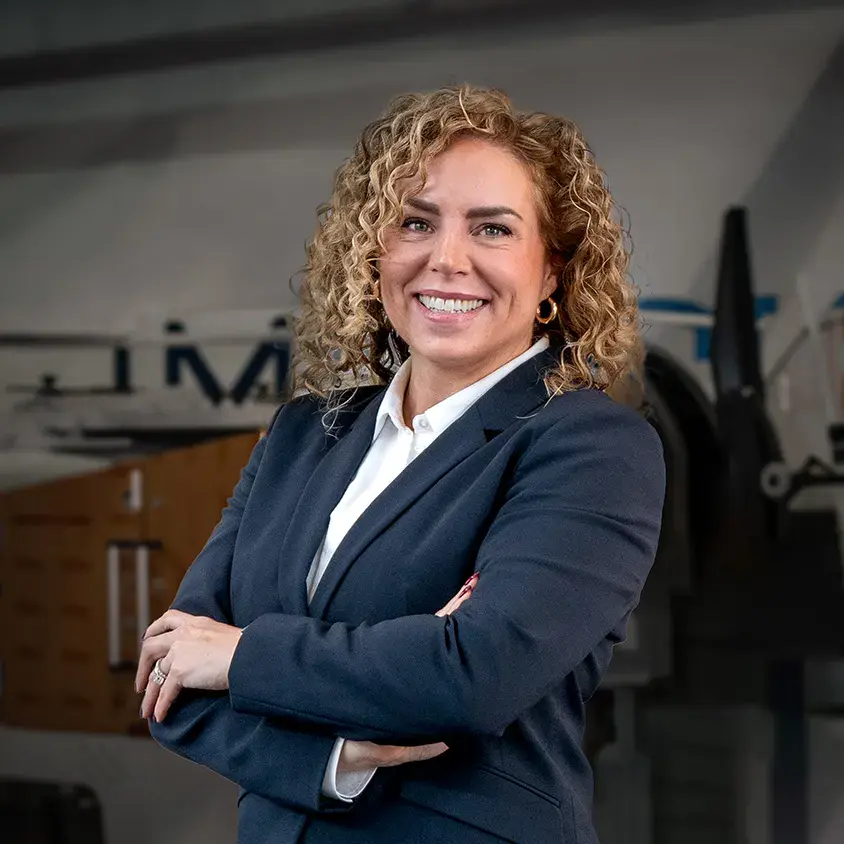 Marie-Soleil Boutet
:
July 16, 2021
Marie-Soleil Boutet
:
July 16, 2021

If you’ve been searching for ways to improve your folder-gluer productivity and reach higher packing speeds, you’ve probably noticed that some of your competitors have folder-gluer packers while others have stackers.
You know you want more output with less manpower.
You know you want faster output with shorter setup times.
You know you want higher packing speeds with a lower cost per box.
You just do not know how to get there.
Now, you find yourself online searching for answers.
You see that IMPACK designs, manufactures, and installs folder-gluer packers and stackers for over 20 years. In some cases, to the world’s biggest names in the packaging industry.
You just don’t know which one is right for you.
I have great news for you!
This article and video will explore the differences between folder-gluer packers and stackers. With the information found in this article, you’ll be able to know which solution is right for you and what your options are.
Packers and stackers are “folder-gluer packaging equipment” that can be added to a folding-gluing line.

Folder-gluer packaging equipment is an overarching term used to describe a wide range of packing systems and peripheral devices that are integrated on, and around, folder-gluers.
These packing systems and peripheral devices can be divided into 4 families 👇:
The image below shows you the organization of the 4 families of packaging equipment around a folder-gluer.

Each of those 4 families includes distinct solutions with varying degrees, scopes, and levels of automation. We classify those levels of automation into 4 categories:
Manual packing.
Semi-Automated packing.
Automated packing.
Fully-Automated packing.
These categories are our own definitions and not dictionary definitions, but they are “informally accepted” as the industry standard.
If you want to learn more about the differences between the 4 levels of automation and how to know which is best for your company, check out the article “What’s the Difference between Manual, Semi-Auto, Auto and Fully-Auto Folder-Gluer Packers?”
Now that we’ve clearly defined the broad term “folder-gluer packaging equipment,” and what it consists of, let’s take a look at the difference between packers and stackers.
We will compare packers against stackers on 3 key aspects:
Their purpose and the features and benefits they offer.
The type of process they involve.
Which is best for what production?

A folder-gluer packer is a packing system that utilizes a modernized packing technology to allow you to dramatically improve the efficiency, ergonomy, and productivity of how you pack your boxes into cases by offering you automated case management capabilities.
In other words, a packer optimizes your case packing process by automating certain actions involved in the case packing.
A packer is installed behind, or at the end of a folder-gluer, and after the pre-packing equipment.
More specifically, a packer is installed at the end of the flow of the packaging equipment as shown in the image below.

What makes a packer, a packer is the automated case management capabilities that it offers.
Automated case management means that the packer automatically manages all your cases and automates everything that happens after the case packing process.
This means that your packing staff can focus on the packing and no longer has to perform the case flap closing, ejecting, or taping manually as those actions are now fully automated by the packer.
A packer allows you to:
Maximize the efficiency of your packing process and increase your production volume and speed.
Improve the ergonomics of your packing stations and reduce the workload on employees.
Streamline your case ejection and manage your case handling through automated case management capabilities.
Dedicate your packing staff to focus on the packing and not case flap closing, ejecting, or taping.
Have easy access to your boxes in order to make adjustments, quality control checks, and corrections without interrupting your production.
And, as a result, dramatically boost your folder-gluer’s productivity.
IMPACK’s folder-gluer packers are the Ergosa packer and the Virtuo packer.
The Ergosa packer can range from a manual to a semi-automated process depending on the packing modes and modules installed.
The vast majority of the Ergosa packers we produce include automated case management which makes them semi-automatic packers that offer a semi-automated packing process.
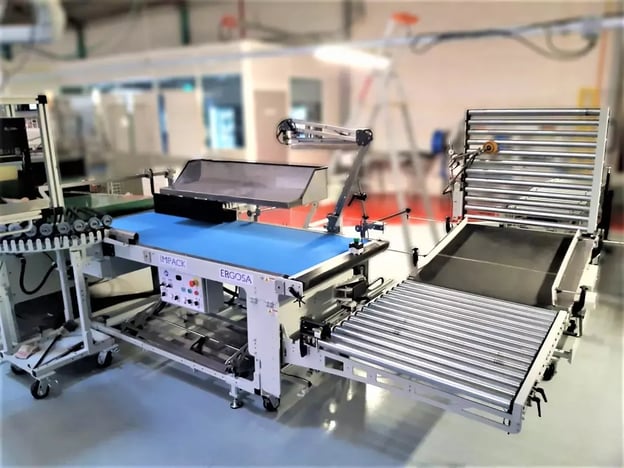
🔍 Related: What is an Ergosa Packer & How Can It Improve My Packing Process?
The Virtuo packer can range from an automated to a fully-automated process.
In its basic and most common product offering, the Virtuo is an automatic packer that provides an automated packing process.
Adding the optional Auto Case Feeder (ACF) Module to the Virtuo packer is what pushes the Virtuo’s scope of automation into the fully automated category, hence making the Virtuo a fully automatic packer with a fully automated packing process.
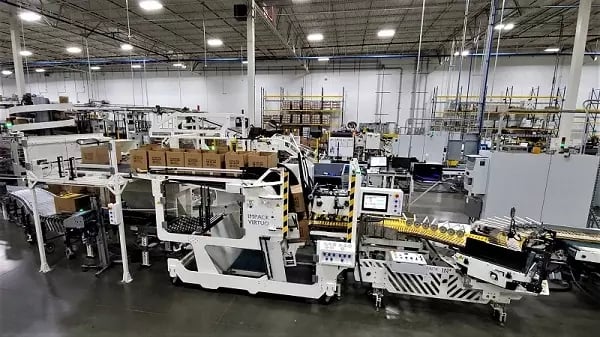
Or
Or
🔍 Related: What is a Folder-Gluer Packer and Who Needs One?
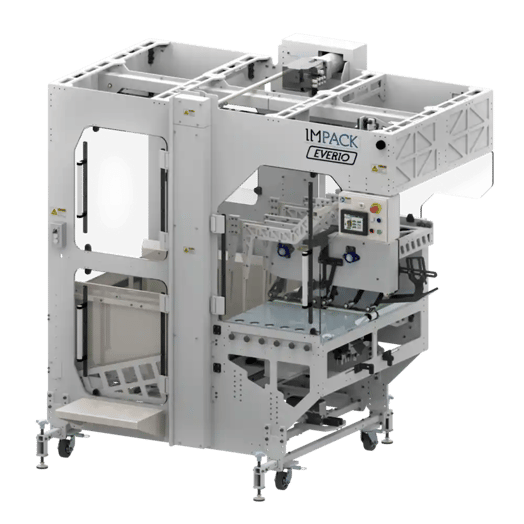
A folder-gluer stacker is a stacking system that utilizes a modernized bundling technology to allow you to bundle your boxes vertically and then send them for banding/strapping.
That is, the purpose of a stacker is to efficiently facilitate box bundling.
Depending on your production processes, you either pack your boxes into cases (i.e. case packing) using a packer or stack your boxes to be banded/strapped together (i.e. box bundling) using a stacker.
In other words, you would either have a packer or a stacker after the pre-packing equipment but some clients do both processes on the same folder-gluer.
Just like a packer, a stacker is installed behind — or at the end of a folder-gluer — and after the pre-packing equipment.

A stacker allows you to:
Take a shingled stream of folded cartons and count them then bundle them just like a packer does.
Band/strap this bundle together (banding/strapping) instead of packing them into a case (what a packer would do).
Fully automate and streamline the box bundling process which reduces the workload on employees.
And, as a result, it allows you to push your folder-gluer to its maximum potential.
IMPACK’s folder-gluer stacker is the Everio stacker.
The Everio stacker can range from a semi-automated to a fully-automated process.
In most cases, the Everio is a fully automatic machine offering a fully automated packing process.

Or
Or
A folder-gluer packer facilitates a case packing process.
Case packing is the process of collecting the boxes exiting the folder-gluer in a shingled stream and packing them in a master/outer case.
A folder-gluer stacker, on the other hand, meets bundling needs.
Bundling is the process of stacking the boxes exiting the folder-gluer in a shingled stream and building a bundle of boxes that is either banded or strapped together.
A stacker is similar to a packer in the sense that it takes a shingled stream of folded cartons, counts them, and bundles them but the output batches don’t end up in a case.
Instead of packing the output into a case, as done with a folder-gluer packer, a stacker bundles the boxes vertically and then sends them for banding/strapping.
We also developed a module on the Ergosa packer, inspired by our PerPack Module used in the Ergosa’s Vertical Packing Mode, that allows you to push batches of boxes into a banding/strapping machine so that they can be bundled together.
Hence, the Ergosa could pack the boxes into cases as a packer would do, or be adapted to act as a stacker to bundle boxes that are to be banded/strapped together.
So, is a packer or a stacker better for your company?
Here is the answer in 90 seconds ⏱️:
👉 If you’re exclusively doing case packing, then a packer, such as the Ergosa packer or the Virtuo packer is the best option for you.
This is because the Everio is a stacker and not a packer. It cannot do case packing.
The Ergosa packer is the better choice if you have a wide and diverse variety of box formats, small to medium boxes, shorter production runs, or complex boxes that need constant adjustments.
🔍 Related: Ergosa A Vs. Ergosa C: Which Packer Should You Choose?
The Virtuo packer is the better choice if you have a more limited and similar variety of box formats, medium to very large boxes, longer production runs, or easy products that do not need constant adjustments/modifications.
That said, Virtuo packers can only pack one row, one layer into cases.
If your typical production is multi-row, multi-layer case packing then the Virtuo is not the right fit for you.
Instead, Bobst’s Carton Pack 4, Heidelberg’s Diana Packer, KBA Duran's Omega Pack Station, or Ace Machinery’s Sig-Pack would be a better fit.
Those are just some examples of the most common multi-row, multi-layer automatic packers on the market.
It is noteworthy to mention that all these other “multi-row, multi-layer auto-packers'' process the cartons through a curved arch which unfortunately makes them incompatible with corrugated cartons.
Therefore, if you produce corrugated cartons and need only one-row, one-layer case packing configuration, then IMPACK’s Virtuo packer would be the most ideal solution.
We do not say this out of bias towards our packer but simply because the Virtuo has a distinctive ability of processing corrugated cartons without curving them which the other automatic packers on the market cannot!
At IMPACK, we are dedicated to manufacturing and designing innovative packaging equipment that no one else does. If others sell them, we don’t make them.
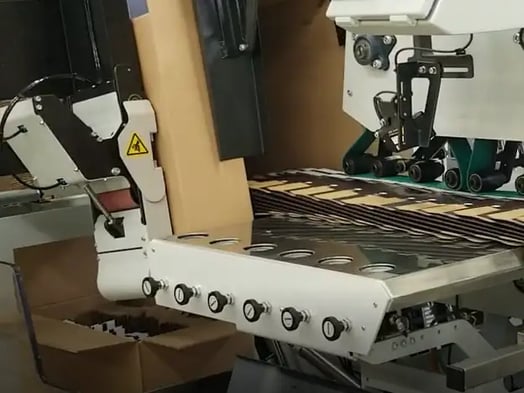
👉 If you’re exclusively doing banding/strapping, then a stacker, such as the Everio stacker is the best option for you.
Arguably, the Ergosa packer can be adapted to do the bundling too, but the Ergosa is a better fit for when you’re exclusively doing case packing or alternating between case packing and banding/strapping on the same folder-gluer.
After all, the Ergosa is a packer designed to pack boxes into cases.
That being said, if you produce mostly crash-lock/auto-bottom corrugated boxes and in large volumes, then the Alterna Batch Inverting Module could be considered. But this machine is limited in scope and it requires fairly simple shapes to run at its fullest capacity.
On the other hand, if you produce only crash-lock/auto-bottom folding carton boxes, the MFA Batch Inverting Module paired with the Ergosa would be your best combination.
👉 If you’re doing both case packing and banding/strapping on the same folder-gluer, then you need a packing system that allows both packing and banding/strapping such as the Ergosa packer.
Otherwise, a custom project is another possible option (especially if you have large production volumes).

Okay. Now that we’ve taken a detailed look at the differences between packers and stackers, your next step would be to compare between your available options.
We understand that no two companies are the same. And each company’s needs are unique and different.
We also understand that choosing a packer/stacker is far from a simple task.
This is why we go out of our way to write articles that compare different types of packers and stackers on the market to each other.
Our success is directly tied to your success.
We want you to be successful.
We want you to make the most informed decision that is best for your company.
![What’s the Difference between Manual, Semi-Auto, Auto & Fully-Auto Folder-Gluer Packers? [+VIDEO]](https://impack.ca/hubfs/X21-008.png)
If you're a carton box or corrugated board manufacturer that is looking to add a folder-gluer packer or folder-gluer stacker to your folder-gluer,...
![Ergosa Vs. Virtuo Vs. Everio: Which is the Best Folder-Gluer Packer? [+VIDEO]](https://impack.ca/hubfs/X21-011-1.png)
Are you in the market for a folder-gluer packer and looking for the perfect fit for your production?
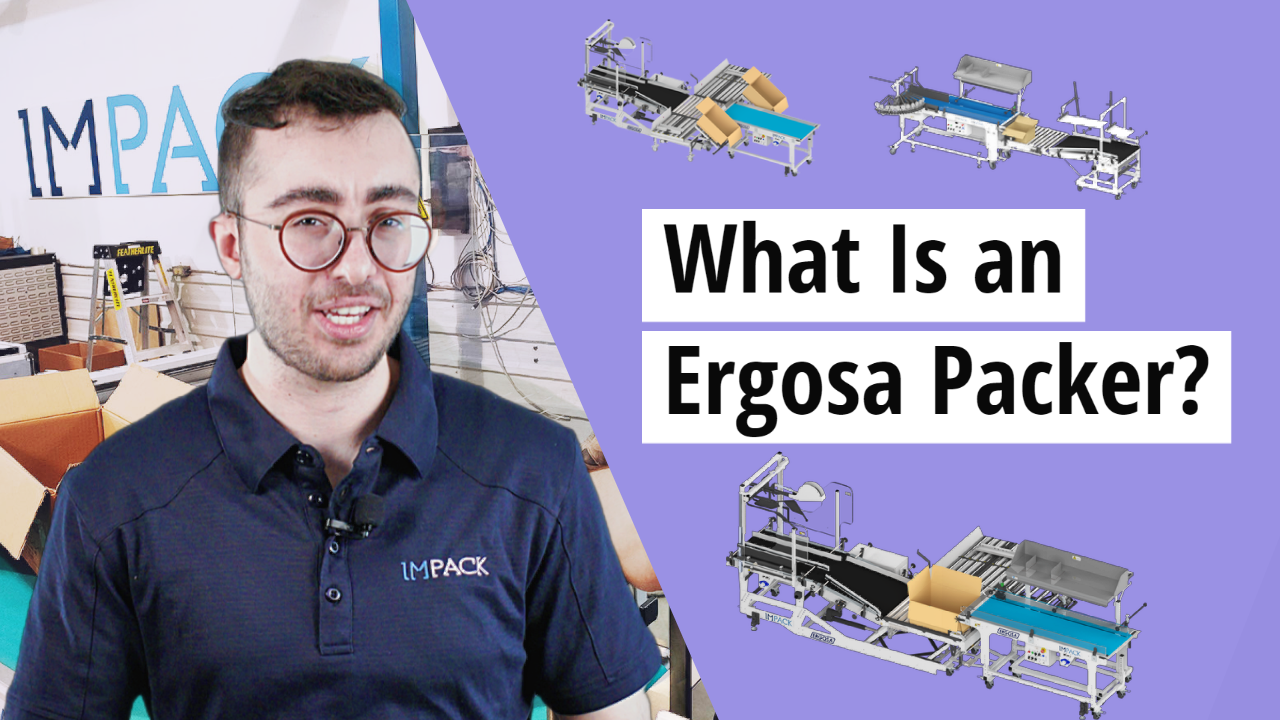
With the growing complexity of the cardboard packaging market, the demand for custom-tailored boxes is increasing at a monstrous rate.